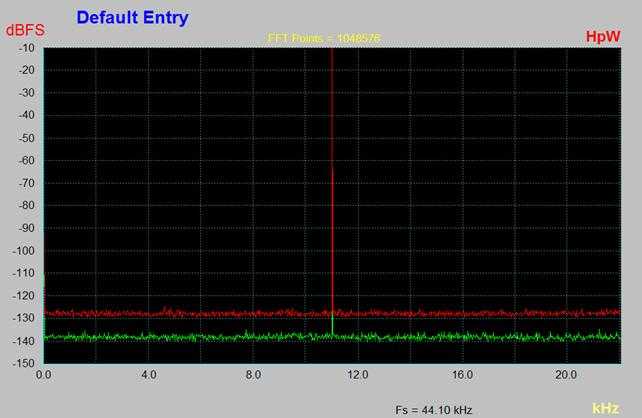
The Squeezebox Squares Off Against The High End, Cont.
When doing these reviews, you sometimes get lucky and just exclaim, yes! This is what the high-end is all about! The Squeezebox, the Sunfire’s, MBL’s and Nordost gear put me in that special place. This was an incredibly synergistic combination. Now when I put Chucho back on, him, his piano, and his jamming group were scarily true to life. I could almost smell Chucho's Monte Christo No. 4. The sound coming out was the real palpable presence deal. This went for all the good recordings I played. And there was more. All the digital nastiness was gone, and whatever I listened to now had a vinyl-like, smooth musical flow.
The big bugaboo in digital components has long been jitter, the phenomenon wherein the digital bits streaming out of the player or DAC get slightly out of synch due to timing problems. As Robert Harley of Stereophile noted more than ten years ago, “It isn't enough to get the bits right; those bits have to be converted back into music with the same timing reference as when the music was first digitized. It turns out that timing errors in the picosecond (ps) range—the time it takes light to travel inches—can audibly degrade digitally reproduced music. These timing errors—called jitter—are only now beginning to be understood.” How prescient RH was.

The effect in terms of RMS error or noise introduced by random jitter are shown in this screenshot, which is an FFT of a mathematical simulation of a sinusoidal signal with 11.025KHz frequency and 0dB level, sampled at 44.1KSps and 16 bits respectively with (red) and without (green) a Gaussian jitter with an RMS value of 1 ns. With jitter, the noise floor rises by 10dB. You'd better not think that this rise is irrelevant, because the best converters today only sport at most 115dB of dynamic range, and here we are at far lower levels. The noise floor appears very low because of a very wide sample (1M points), but the rising is real and effective. (from DIGITabilis: crash course on digital audio interfaces)
It’s long been noted that even the cheapest PC CD transport benefits from a computer’s error correcting circuitry. The error correcting circuitry on all hard drives also plays a role in getting rid of your stored digital jitters. Your cheap computer, thank you very much, automatically does things that audiophiles routinely spend megabucks to accomplish with some very fancy audio gear. Clearly, any decent high-end stereo rig will benefit hugely from a PC/Mac digital media system, as it resolves nettlesome jitter. With crappy mp3 files I never was able to get close enough to the music to fully appreciate this PC fact. But with the Squeezebox plugged into my all-up system it was abundantly clear. True, this sound wasn’t comparable to a great vinyl rig, but the Squeezebox produced amazingly analog sounding music.
21st, The VXM Network, https://vxm.com